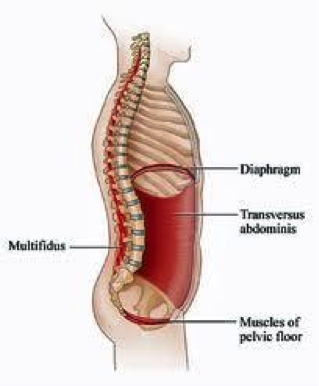Archive re-post - Why is it so easy to get fat?
12 Apr 2013 Why is it so easy to get fat? 1. Aim The purpose of this article is to draw together evidence based research from varying disciplines, to give greater understanding as to why we are facing an obesity epidemic [1] and the issues affecting weight loss. 2. Intended audience The public in general, however, I have attempted to write it for the lowest common denominator who has little to no knowledge on the subject. As such detailed analysis has been omitted to give a global view of the issue. Subsequent articles will look to delve deeper in to areas touched on in this article. If there is a particular area you would like me to discuss in future articles, please visit my Google+ page and send me a request. 3. Introduction The question as to whether or not an obesity epidemic exists is of course, yes. The issue is how big is the problem and why has it happened? The World Health Organisation (WHO) states that in 2008, 35% of the worlds adult population (20+ years) were over


